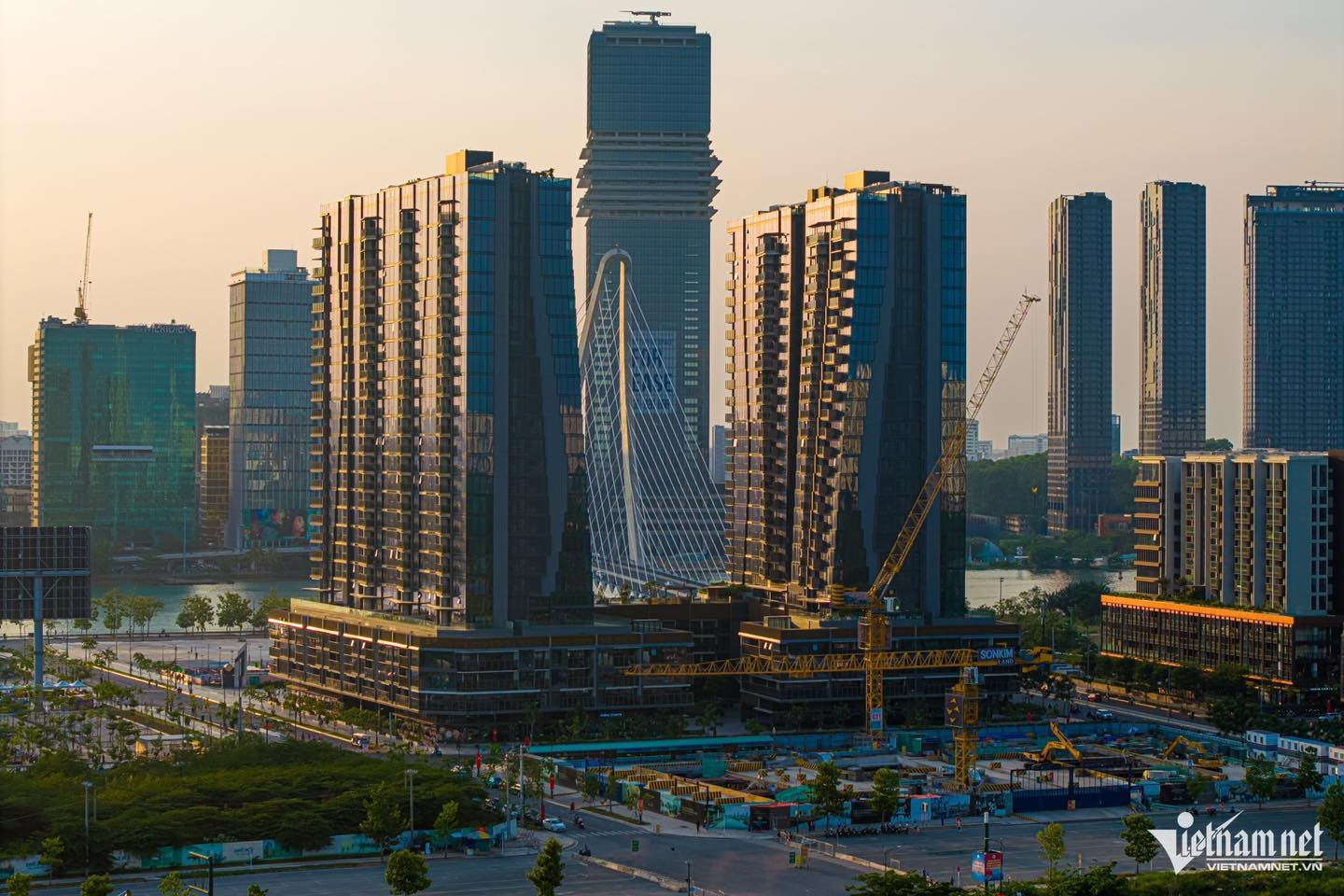
Specifically, statistics show that the city set a target of developing about 235,000 new homes during the 2021–2025 period. However, only 24% has been achieved so far, with a shortfall of 179,000 units.
In the first quarter of 2025, only 800 new apartments were launched for sale - a 70% drop from the previous quarter. Within this, Grade C units (priced under 50 million VND per square meter or about 1,950 USD/m²) accounted for just 13% of total supply.
Looking ahead, Giang Huynh, Director of Research and S22M at Savills Vietnam, forecasts that around 8,000 new units will be launched in the city during the second half of the year. However, most will fall under the mid-end segment, or Grade B apartments. This underscores the persistent gap in affordable housing, as the city continues to focus on mid- and high-end developments.
“The biggest legal barrier to expanding housing supply lies in delayed project approvals and issues with existing developments,” Giang said. “In the next 6–12 months, priority should be given to resolving land use cost assessments and planning approvals, so developers can quickly bring projects to market.”
At a recent socio-economic press briefing, Vu Anh Dung, Deputy Head of Urban Development at the Ho Chi Minh City Department of Construction, admitted that local housing prices are high compared to other regions and the national average. Most of the current housing supply is high-end. The city lacks both affordable commercial housing and low-income housing, making it difficult for the public to access homeownership.
Project developers face numerous challenges, including legal complications related to planning, land use, and credit; economic instability; business restructuring; competitive pressures; and capital shortages.
To help stabilize and adjust housing prices in the city, Dung emphasized the need for multi-stakeholder coordination.
First, the city must increase the supply of housing that meets real demand. Developing social housing and affordable homes is seen as a key solution. The city should allocate land and incentives for social housing projects, housing for workers, and low-cost commercial housing.
Efforts will also focus on removing legal bottlenecks to speed up project implementation, thus increasing market supply and reducing real estate price pressures. The city will review and address “suspended” projects, support struggling developers, and push stalled construction to avoid wasted resources and boost housing stock.
Second, the city must accelerate administrative procedures and improve transparency. With a general urban plan already in place, it is crucial to streamline procedures for land allocation, land leasing, land valuation, and land-use conversion for real estate projects.
The Department of Construction is also working with other departments and developers to provide clear information about planning and projects to help buyers make informed decisions and avoid falling for false or speculative claims.
Buyers are encouraged to contact the local commune, ward, or district authorities where a project is located to verify information, thus avoiding price manipulation. Authorities will also step up inspections and strictly penalize individuals and organizations involved in price rigging, market manipulation, or spreading fake trends.
“Real estate developers, especially those building social or low-income housing, should be given access to priority credit packages,” Dung stated. “Likewise, middle- and low-income citizens looking to purchase social or budget commercial housing should receive preferential loan options with low interest rates.”
Tran Chung